What is Cattle Farming : Tips and Types Explained
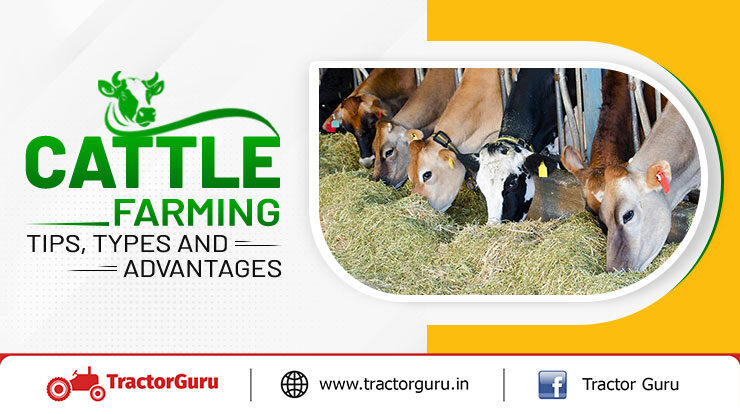
For thousands of years, cattle farming has been a crucial part of agriculture. Nowadays, modern dairy cows are raised to produce a lot of milk. Just like human beings, cows only produce milk after giving birth, and dairy cows need to have one calf yearly to continue producing milk or milk products. Therefore, they are usually artificially inseminated three months after giving birth. However, the usual milking period of these high-yield cows is less than three years, after which they are slaughtered, and the meat is used to make beef.
If you find the above process interesting and want to adapt it as a business, we suggest you explore the profitable cattle-rearing business. This area, indeed, is highly acceptable for starting a profession. Additionally, the government has been quite supportive of the Cattle Rearing industry. Moreover, banks now lend money through government programmes to purchase cows and construct stables. In addition, the government has undertaken programmes to offer insurance coverage for a loss caused by illness or death. In general, the dairy industry or cattle rearing is a top-notch economic sector that can sustain itself without suffering losses.
Types of Animals Raised in Cattle Farming Process
Two types of animals are raised and managed as part of the Cattle Farming Process. One group is used for food needs, such as milk, while the other is used for labour-intensive tasks, such as digging, irrigation, etc. Milk/dairy animals produce milk—goats, buffalo, and cows, for example. In addition, animals utilised for labour are referred to as draught animals.
Now, let us talk about Cattle Ranching
Raising big herds of animals on large tracts is known as cattle ranching. Ranchers commonly raise grazing animals such as dairy cows, cattle and sheep. As a result, the cattle ranching and livestock industry are growing more quickly than any other area of agriculture.
Cattle Ranching is the best source of occupation and offers the best work opportunities. You can utilise draught animals and other labour-assist animals in agricultural tasks. Also, you can use the waste of these animals as organic manure to maintain the fertility of the land.
How is Cattle Ranching different from Cattle Farming? Here is a simple explanation for you –
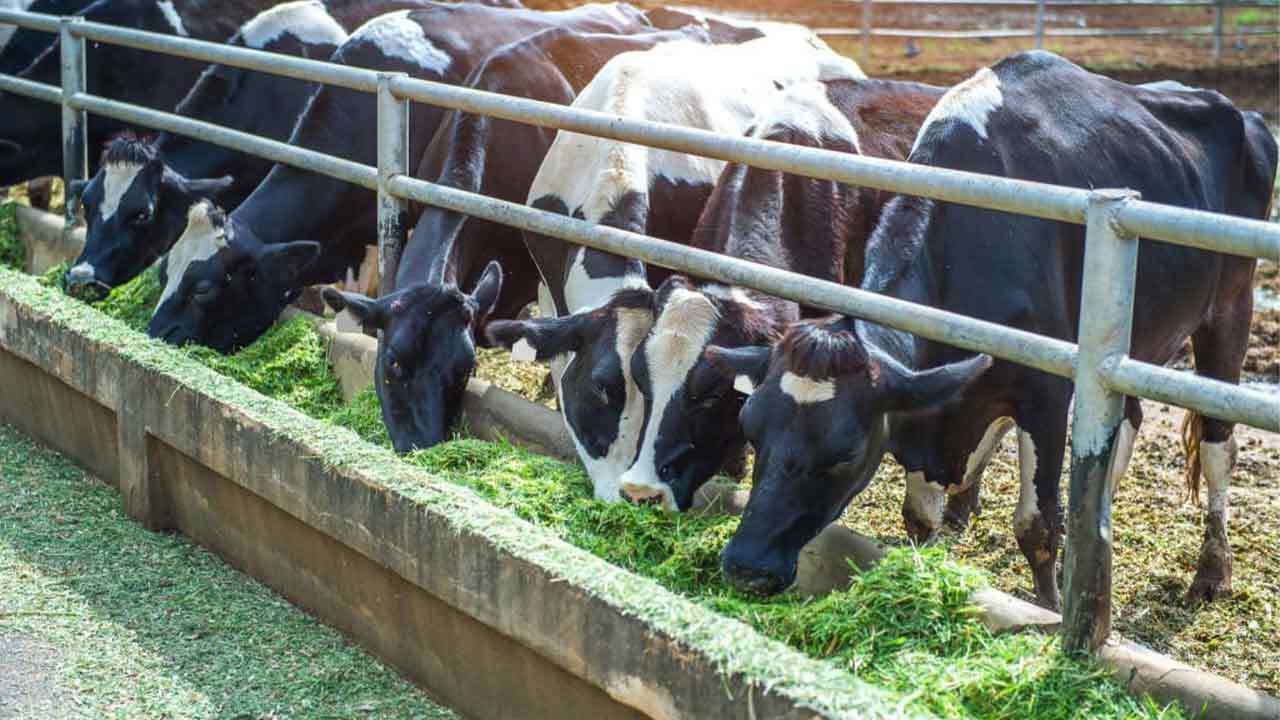
Definition and Differences between Ranching and Farming
A ranch is a large operation where the main focus is on animals, unlike farming where crop production is the focus. Thus, some individuals refer to cultivating crops for cattle along with animals on the same property as a “cattle farm.” However, most farmers and ranchers don’t even refer to their cattle-owning farms as “cattle farms”; this is more of an urban phrase used by those unfamiliar with the language that many farmers and ranchers use to describe their businesses.
“Cattle Farm” or “Beef Farm” refers to a feedlot where crops are grown rather than grazing cattle. Furthermore, the cattle farm is where cattle finish the last few months of their life.
A “cattle farm” is more of a mixed farming business that raises livestock and crops. In addition, there are other dairy farms where the land is primarily used for crop cultivation and raising dairy cows for milk.
While a cattle ranch is a large, “open range” operation with lots of native grassland and some woodlands, where many cows are bred to produce calves for sale. However, some ranches aren’t quite as open-range as they were previously. Today, many ranches are managing their natural range better by employing managed grazing principles. Also, they even use fencing to regulate livestock and for rotate grazing. So, the main focus of a ranch is grazing animals.
Types of Cattle Farming
Some of the globally recognized the different types of cattle farming are Intensive, semi-intensive, regenerative cattle farming and sustainable cattle farming. Thereby, let us have a look at the types of cattle farming in detail below-
- Intensive Cattle Farming – Breeds are chosen for various production forms in this intensive farming technique. It requires a lot of labour as well as capital.
- Semi-Intensive Farming – Animals are fed and housed in semi-intensive livestock farming systems in India, although they are also free to roam or graze throughout a farm’s enclosed space.
- Extensive Livestock Farming – Large-scale livestock farming typically takes place on lands with pastures and mountain meadows. Animals graze on the varied ecosystems’ natural resources.
- Nomadic Livestock Farming – In this method, animals are transported to numerous locations to consume diverse foods and resources. This practice is sometimes referred to as nomadic or semi-nomadic livestock farming.
How to start a Cattle Farm?
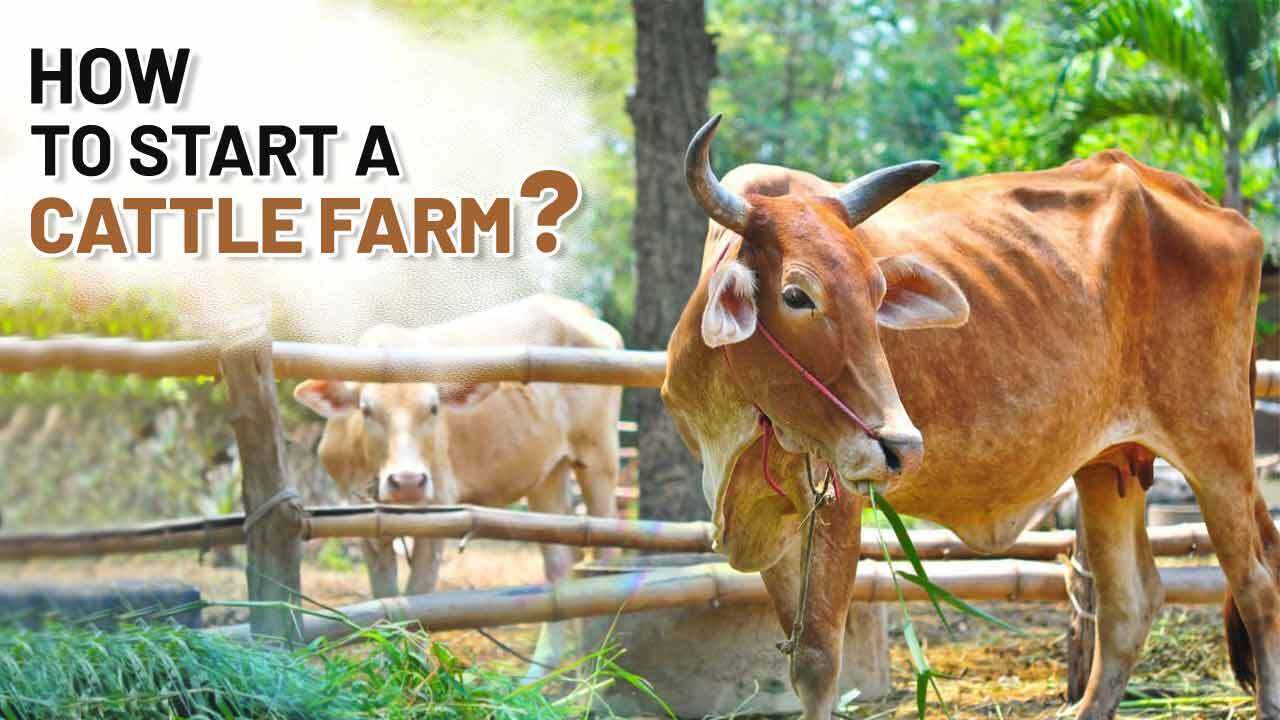
With a planned Cattle farming business plan, generating profit from these cows might eventually help you accomplish your dream of a thriving cattle farm.
1. Building Your Business
-
- Start with a small cattle farm with a few cows.
- For a lower-maintenance cattle farm, choose ranching of beef cattle breeds.
- For a more intensive but consistent product, start a dairy farm.
- Raise calves for a unique farm that may fill a local need.
- Aim to have plenty of pasture space for your cows to roam.
2. Creating the Necessary Legal Documents
-
- Plan your business.
- Your company name should registered with the government.
- Contact the tax division of your government to request a tax ID number.
- Obtain a business licence and all necessary permissions.
3. Selection of a Farm Location
-
- To pay for your farm, you should secure loans and other forms of funding.
- Look for land that is available for lease or purchase.
- Select farmland that has ample grazing for your livestock.
- Before purchasing land, seek information from an extension office.
4. Creating Your Farm
-
- When starting your farm, choose the breeds of cattle you’ll grow.
- Invest in wholesome cows to supply your farm.
- Create the barns and other facilities your cows require.
- Provide your cows with water sources.
- Plant alfalfa and grass to utilise as a source of food.
- To keep your cows in the pastures, set fences.
5.Take control of Your Farm
-
- Make contact with a veterinarian, nutritionist, and other experts.
- Make a composting and waste management strategy for cow dung.
- Create books for keeping track of your finances and cows.
DO YOU KNOW where the largest cattle farm in the world is located?
Anna Creek Station is the largest functioning cattle ranch in the world. The cattle ranch is in the Australian state of South Australia.
Central Cattle Breeding Farm
Breeds Of Cattle Farming
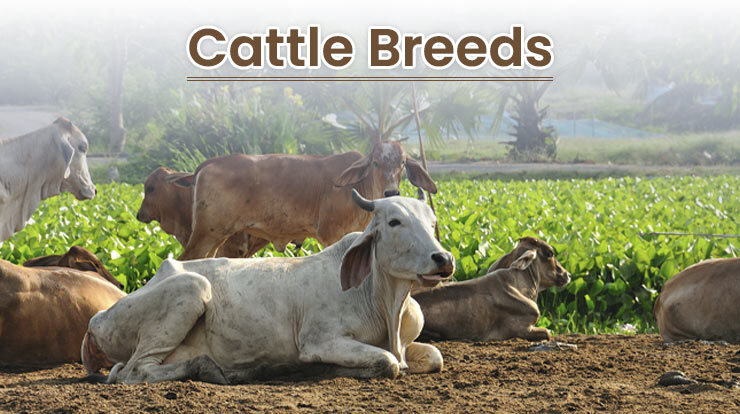
In the below section, we have listed types and breeds of cattle farming –
Cow Farming
Cow farming is a widely know for milk, meat, and leather production. Beef cow farming for commercial purposes is increasing randomly in many countries. Furthermore, the market for beef cattle breeds is quite competitive worldwide. Also, many institutions have developed to teach beginners the expertise of beef cow raising, which helps farmers earn money. Mostly cow ranching produces dairy products. So, the purpose of this farming is to produce milk. Lastly, here are some examples of cow types:
- Ingole
- Krishna valley
- Red Sindhi
- Gir
- Sahiwal
- Khillari
- Amritmahal
- Hallikar
- Alambadi
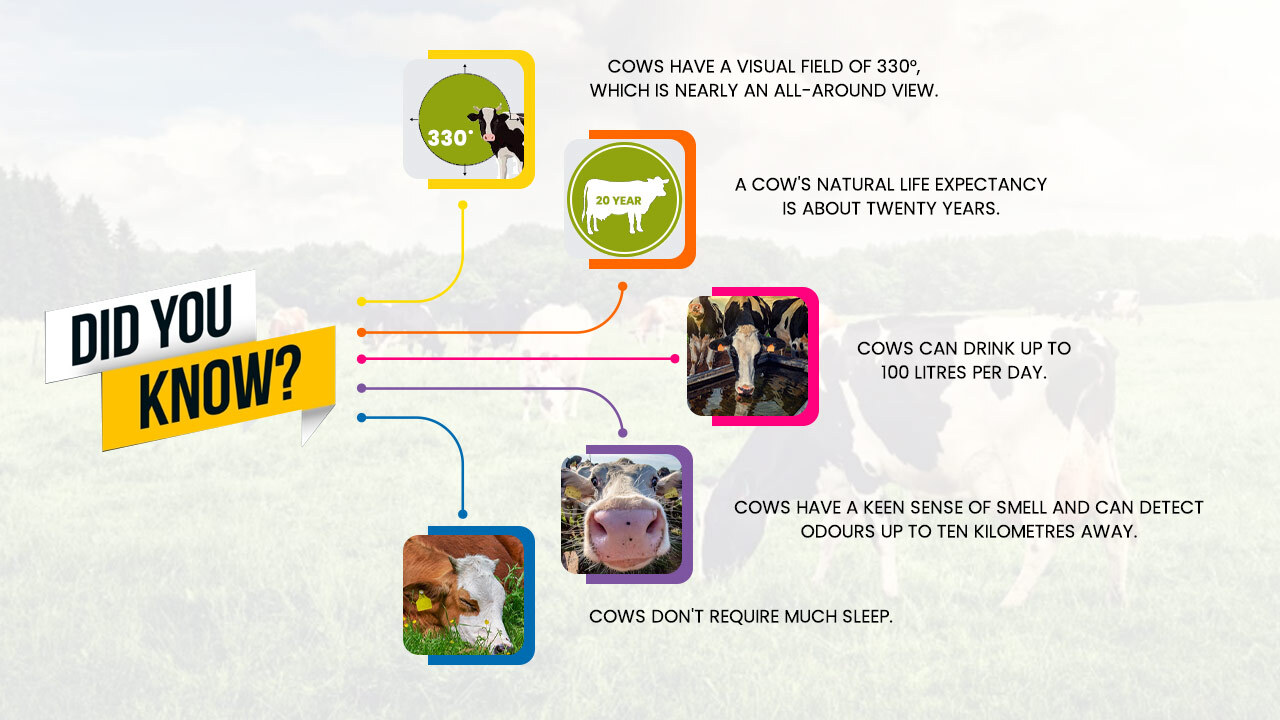
Goat Farming
Goats come in a wide variety of breeds throughout the world, recognized for their meat and dairly products. Many keep them as pets as well. All of the above, goats come in around 300 different breeds of cattle farming. Their dimensions, volumes, and features vary from one another. They are extensively helpful for milk, meat, and skin production. Not all goats are suitable for all purposes. So, only good breeds goats are suitable for this type of farming.
Goat farming in households has benefited a lot of individuals by producing milk and meat. Ranchers mostly raise goat cattle to meet the market’s need for beef. There are various methods of goat farming. Some examples of goats are:
- Repeatedly
- Irish
- Kiko
- Alpine
- Black Bengal
- Don
- Irish
- Kiko
- Khari
Bull Farming
The family of cows includes bulls or oxen. It exemplifies reproduction and further helps raise meat and leather. Bull leather and meat are in high demand. Additionally, it has significant benefits for farmers. Also, they utilise them in their farming land for irrigation and ploughing. In addition, people in rural areas prefer to use it for transportation.
Buffalo Farming
Cow farming is similar to buffalo farming in terms of economic expansion. Also, it functions as the force behind agricultural activity, product transportation over short distances, and the dragging of a moving vehicle for people, milk, meat, and leather. Here are different kinds of buffalo:
- Romanian
- Surti
- Buffalypso,
- Nilu-Ravi
- Nagpuri,
- Murrah,
- Carabao.
These are the cattle farming types you should know about if you plan to indulge in the Cattle Farming Business.
Cattle Farm Animal Health Maintenance
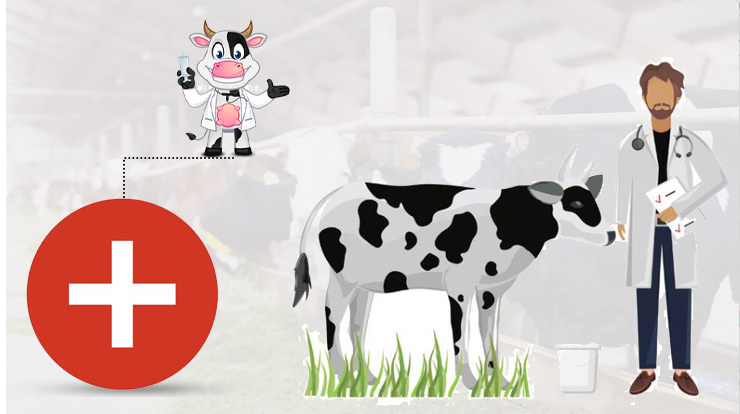
Maintaining a healthy cattle herd is critical for strong, productive calves and heifers. It’s crucial to keep an eye on a calf’s behaviour during the first 30 days of its life for any signs of diarrhoea because these can result in fatal calf scours. You might occasionally notice unusual signs or illnesses in your herd of cattle. Iodine deficiency is one of those uncommon conditions, and it might be challenging to determine the symptoms. However, the mineral is critical in keeping a functioning thyroid in cattle.
What are the benefits of Cattle Farming?
Now, let us look at the cattle farming benefits :
- Cattle affected by the drought serve as labourers for agricultural tasks like tilling, irrigation, and hauling.
- The farmers’ overall income and standard of living increase due to cattle farming. (This is the main advantage of raising cattle and its main goal.)
- With Cattle waste, we can produce biogas and improve the soil.
- Cattle farming in India is a source of employment for many people.
- They consume grasses as food. It result, maintaining cattle is inexpensive.
These were some of the points related to the importance of cattle farming that will help you earn a decent amount from the business.
Cattle Farming Statistics
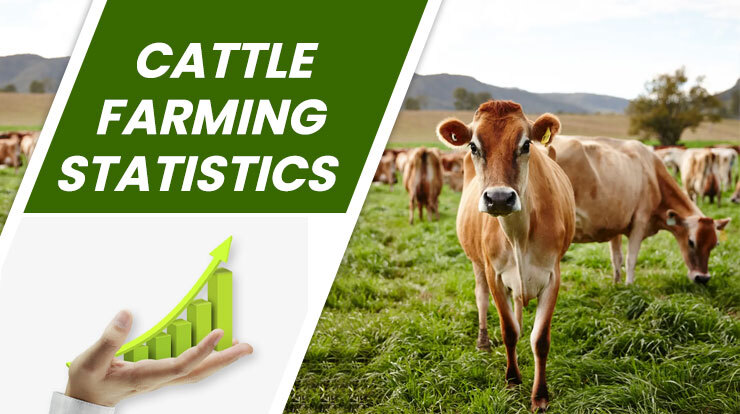
Some Cattle Farming Facts and Statistics that will help you further in business –
- There are 1.49 billion cattle in the globe, which helps create various commodities.
- Each year, 841.84 million tonnes of milk and 71.61 million tonnes of beef are produced from beef cattle breeds.
- Regarding land use agriculture accounts for more than half of the world’s land resources with 77% of this land. It used for grazing and feeding farmed animals, including cattle.
Visit TractorGuru if you’re interested in knowing more about establishing a successful cattle farming business
Related Blogs:



